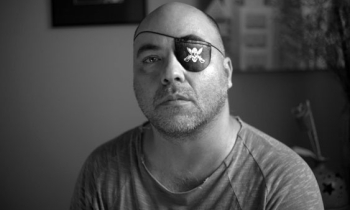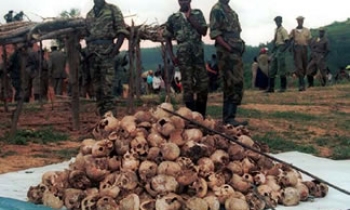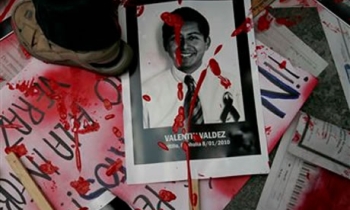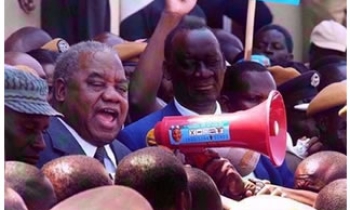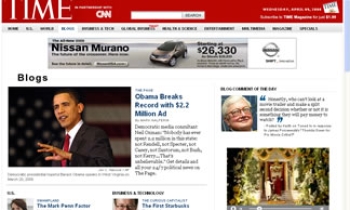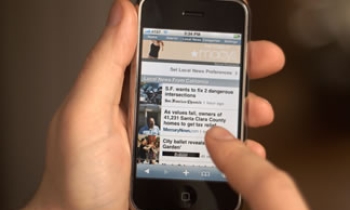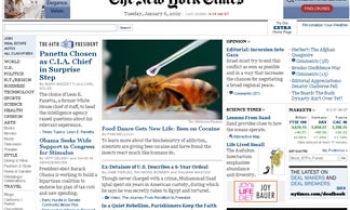After the pounding from nature the world took in 2005, our hearts were ripe for the "miners miracle" in West Virginia. We wanted to believe it. And there seemed to be ample reason to do so.
Before I went to bed Tuesday night, I heard on the 11 o'clock news that 12 of the 13 miners were alive; their loved ones were euphoric. My heart went out to the family of the man who had not survived, but I went to sleep thankful for the miracle for the others.
When I turned on television news the next morning, I heard that joy had turned to despair when it was learned only one man had survived, and he was in critical condition.
Because I knew the world thought the miners were alive as of the Union-Tribune deadline Tuesday night, I opened my Wednesday newspaper uncertain about what I would find. When I saw the headline: "Only one survivor in W.Va. mine tragedy," I knew colleagues had gone into overdrive to bring readers the updated story.
While many of us were asleep, Robert York, senior editor for visuals, was monitoring television coverage of the mine disaster. "I was keeping an eye on CNN because I wanted to see the miners' joyous return to the church. That was the photograph we were hoping to use for the City edition," the last edition off the presses, York said.
But with midnight approaching, the story changed dramatically. At the Union-Tribune offices in Mission Valley, Page One editor David Clary and two other news editors heard the same reports York did about the deaths, saw them confirmed by news services and were poised to revise the story.
York roused Editor Karin Winner and Ralph Imhof, director of operations, to tell them about the latest developments. Winner gave the order to stop the presses and pull back the slightly more than 18,000 newspapers that were ready for distribution.
Because no one but the editor has the authority to stop the presses, York, who was at his home in north San Diego, called photo editor David Poller. On York's instructions, Poller went to the press room with cell phone in hand and told Rob Witherspoon, third shift press operations manager, that York needed to speak with him.
With the thunder of the presses as background, York conveyed Winner's decision and explained what needed to be done. Witherspoon immediately halted the presses. "The sound went from a roar to nothing," York said.
York also woke up News Editor Lora Cicalo who, from her home, talked over new developments with editors who were updating the story.
By the time York reached the Union-Tribune office in Mission Valley about 12:15 a.m., the waiting game had begun. It took 50 minutes from the time it was announced that the men had perished for a photo and a story detailing new developments to move across the news wires.
Meanwhile, editors were busy. It was decided to publish two editions instead of four. On Wednesdays, the Union-Tribune usually publishes Regional, East, South and City editions. The change meant there would be a Regional edition (for North County) and a combined City/County edition for other areas.
The "Only one survivor ..." headline was written to replace the original "Miracles happen." A new photo showing dejected family members was substituted for the one showing them celebrating. The story about mine safety remained, but the headline was rewritten to fit the new layout. And, finally, a new story about the disaster updating how "jubilation turned to anger" replaced the one that said all but one survived. The inside pages with the mine story were updated as well.
Presses that usually begin running between 11:30 p.m. and 11:45 p.m. started printing the updated newspapers about 1:30 a.m. If there was a delay in getting the paper, most readers did not notice it. There were no outward appearances of how newspaper employees had scrambled to get the late-breaking story right the night before.
It's true that the Union-Tribune and other West Coast newspapers had a three-hour advantage over East Coast newspapers, but not all California papers managed to update the story. Some newspapers got in the updated version for some editions, but not others. Some updated the story, but still ran a photograph of two family members sobbing in joy.
Most newspapers were able to update their Web sites. SignOnSanDiego.com, the Union-Tribune's Web site, posted a report at 11:50 p.m. Tuesday, citing CNN's report about new developments. Pundits are debating whether the news media too readily accepted the story that the miners had been spared. It's true that authorities should have been questioned more closely. But with church bells ringing and the governor and families rejoicing, skepticism seemed to evaporate.
Gina Lubrano's column commenting on the media appears Mondays. It is the policy of The San Diego Union-Tribune to correct all errors. To discuss accuracy or fairness in the news, please write to Gina Lubrano, readers representative, Box 120191, San Diego, CA 92112-0191, or telephone (619) 293-1525.-Send e-mail to: readers.rep@uniontrib.com.


